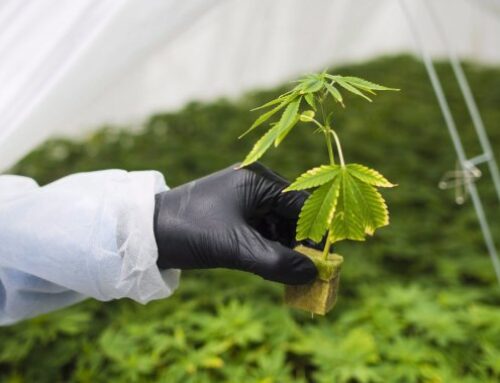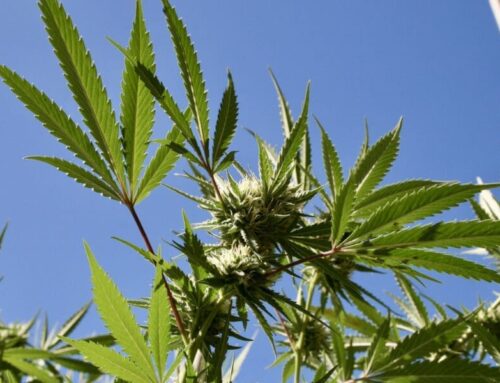Letter to the Editor: Addressing environment impacts of Wellesley College campus events
May 16, 2025
Have you ever wondered about the environmental impacts of campus events at Wellesley College?
That’s what the Wellesley College ES 300 (Environmental Decision-Making) capstone class worked on figuring out this semester.
ES 300 is one of two capstone courses the Environmental Studies (ES) department offers for the ES major. It is a semester-long, student-run course led by Camilla Chandler Frost Professor of Environmental Studies Beth DeSombre that centers around an environmental project to address an environmental problem relevant to Wellesley’s campus. The course allows students to apply the knowledge they have accumulated from the major and apply it to a project with real consequences for the College. After conducting analysis on the environmental problem, the class publishes a full report which contains recommendations to the College for where to improve.

This year, the idea for the project came from the Facilities Management office. They wanted to work on changes outside of energy generation, since the College already had a thorough plan for reducing greenhouse gas (GHG) emissions through energy projects. Jennifer Garvin, Office of Sustainability Manager, believed students would be passionate about waste. So, Facilities requested that the class investigate the negative environmental impacts of on-campus events and deliver actionable suggestions to decrease these impacts.
The class chose to focus on the impacts of waste and GHG emissions from events.
To estimate the total amount of waste generated by on-campus events, the 18-student class audited over 35 representative events, both past and current, during a two week period. Students used an in-depth online auditing form created by the class to ensure uniform data collection (Appendix B). They then used the College’s event reservation platform with the audit data to estimate the total amount of waste produced at events over an entire academic year. Amount of waste could be translated into GHG emissions by looking at the lifecycle of waste products. Recommendations were made based on four metrics: ease, cost, GHG emission reduction and waste reduction.
The 200-page report covered Wellesley’s current waste stream system, the audit process, how they narrowed down recommendations, the metrics they used for evaluating recommendations, and their proposed recommendations.
The ES 300 students estimated that on-campus events produce 17,691 kg of trash and 67,815 kg of carbon dioxide equivalent (CO2e) GHG emissions per academic year. Of that, events with food and beverage produce the most waste and emissions, compared to audience-based, creative and giveaway events.
ES 300 strongly recommend four primary options:
1. Creating an easy-to-find website with information about event sustainability.
2. Expanding institutional composting to the Science Center and Alumnae Hall.
3. Mandating that beef may not be served at any college event.
4. Mandating that campus events may not distribute single-use plastic items or any plastic swag.
They also propose two alternative options that have smaller environmental impacts:
1. Mandate that all distributed plastics must be recyclable (with proper recycling receptacles available).
2. Create a storage room with shared resources where event organizers have access to reusable event materials.
Jennifer Garvin hopes that the College (or future ES 300 classes) will continue to look at waste production and diversion on campus in the future, as peer institutions are diverting more compared to Wellesley.
If you would like to learn about ES 300’s project, or learn how to evaluate waste in your community, you can read the report below. This class was student-run, so it goes to show that anyone can do a project like this!
Sincerely,
Camille Newman, Wellesley College ’25
Search
RECENT PRESS RELEASES
Related Post




